Throughout the past few months, we have covered some large scale infill projects along the Welton Corridor: 2300 Welton, 2460 Welton, 2560 Welton, and The Rossonian. Today, we are announcing something a little different: a small, narrow infill project between 28th and 29th Street along Welton.
Located only a block away from the 27th and Welton light-rail station, here is an aerial with the project site outlined.
All of the information for this project is contained in this document from the Landmark Preservation Commission. This project will take up two parcels, 2810 and 2812 Welton Street. The existing structures on site (the white single family home) will be demolished to make way for 2810 Welton. Here is a Google Street View image of the site.
We have some very preliminary renderings of 2810 Welton Street which were approved by the Landmark Preservation Commission with conditions. This means the design and massing will be refined over time. Again, for full details of this project and approval conditions, head on over to the submittal documents.
2810 Welton Street will rise a total of five-stories, with the top two floors set back. The first and second floor of this building are intended for retail and business use with three floors of apartments on top. The square footage and unit count of this project is currently unknown.
2810 Welton is very preliminary as developers and financials still need to be lined up. However, finding these kinds of submittals show how strong the momentum is to develop the Welton Corridor.






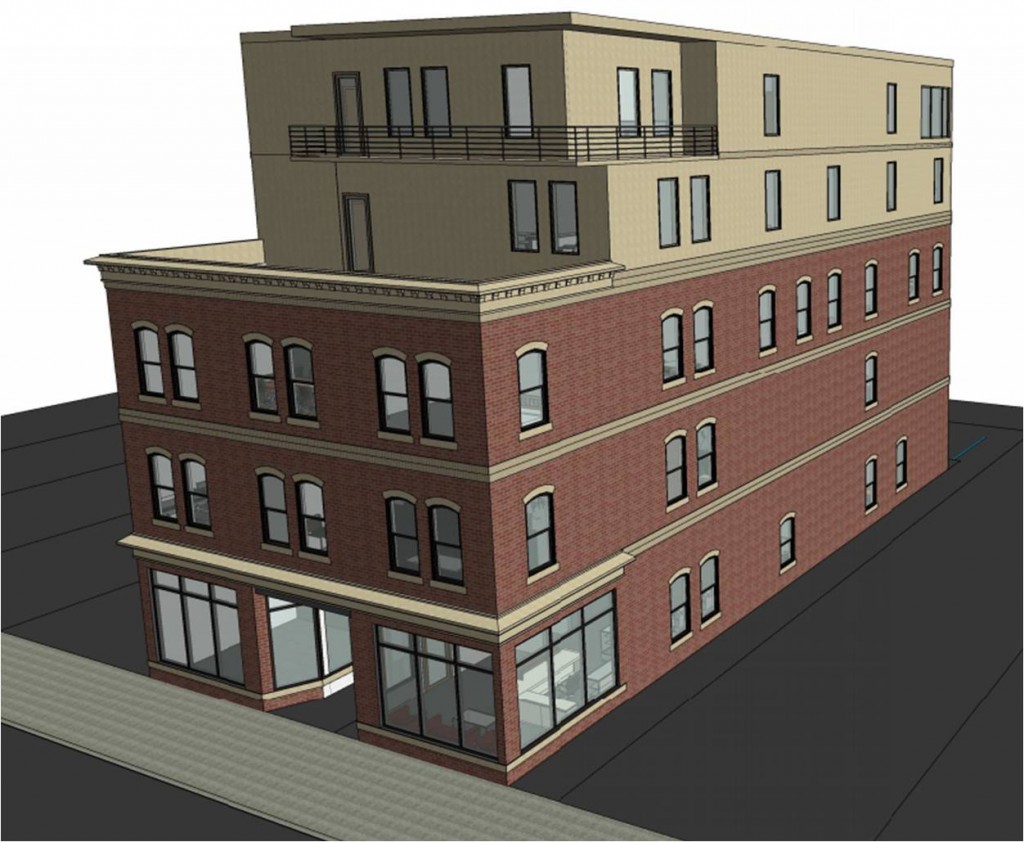

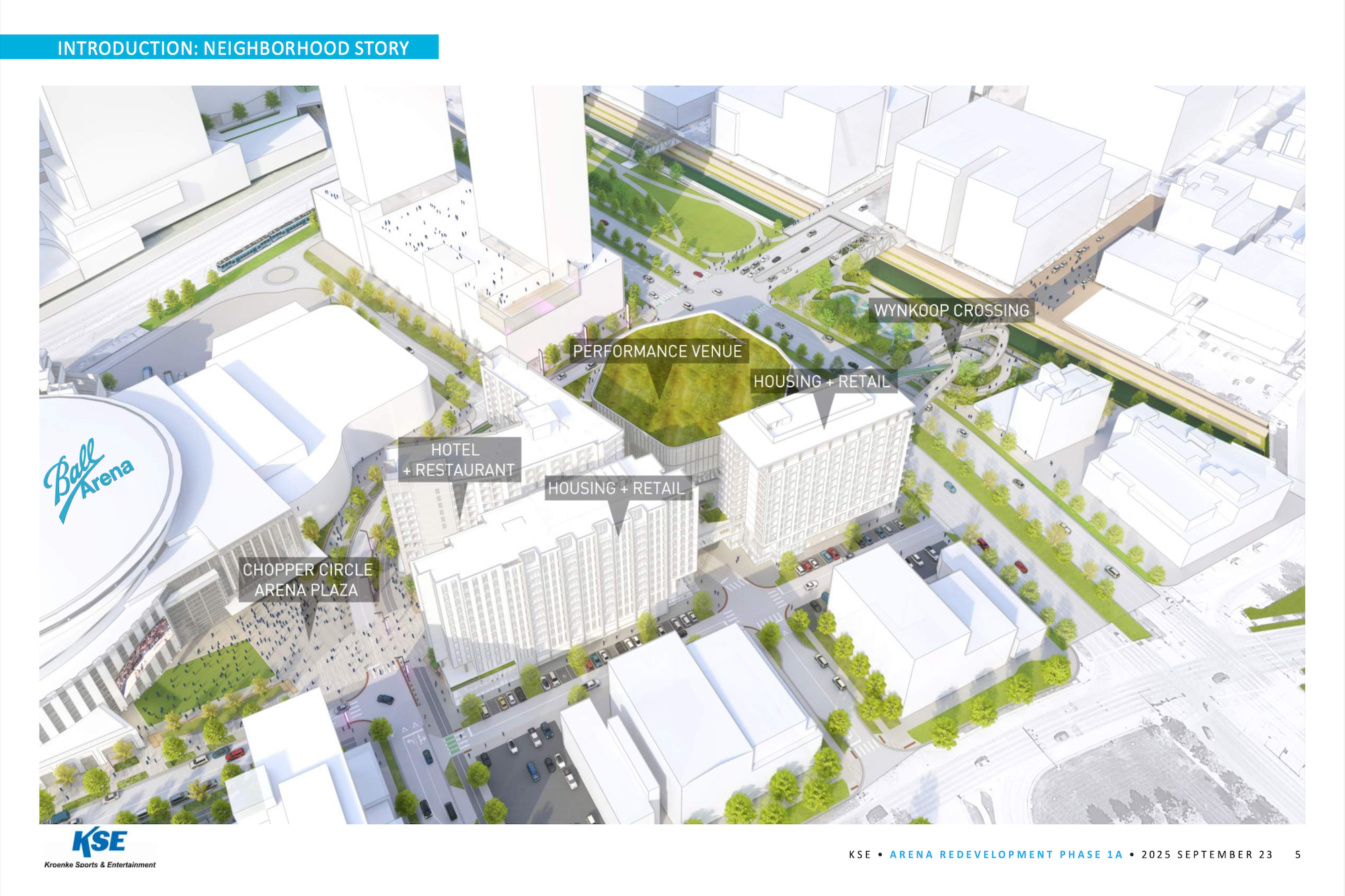
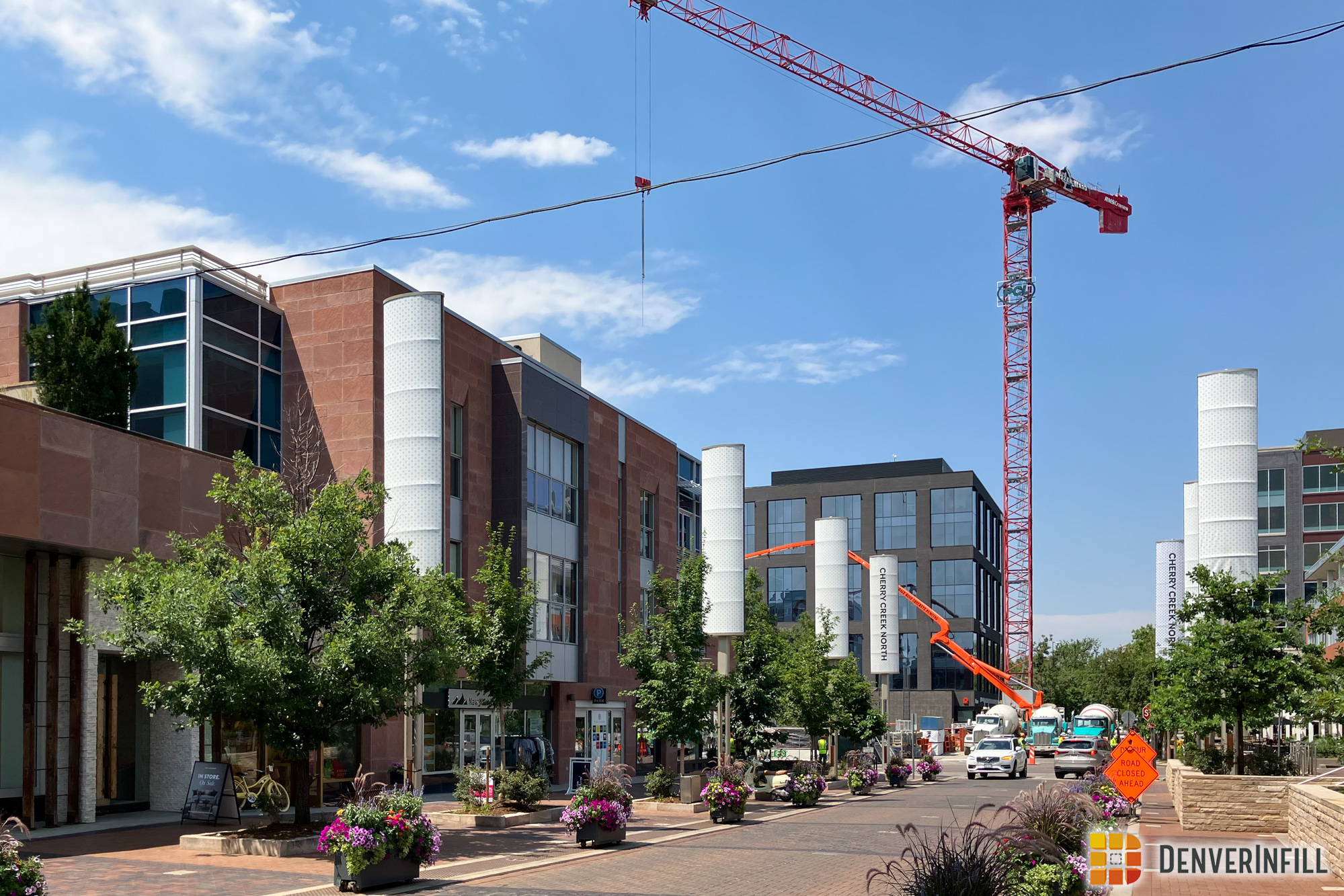
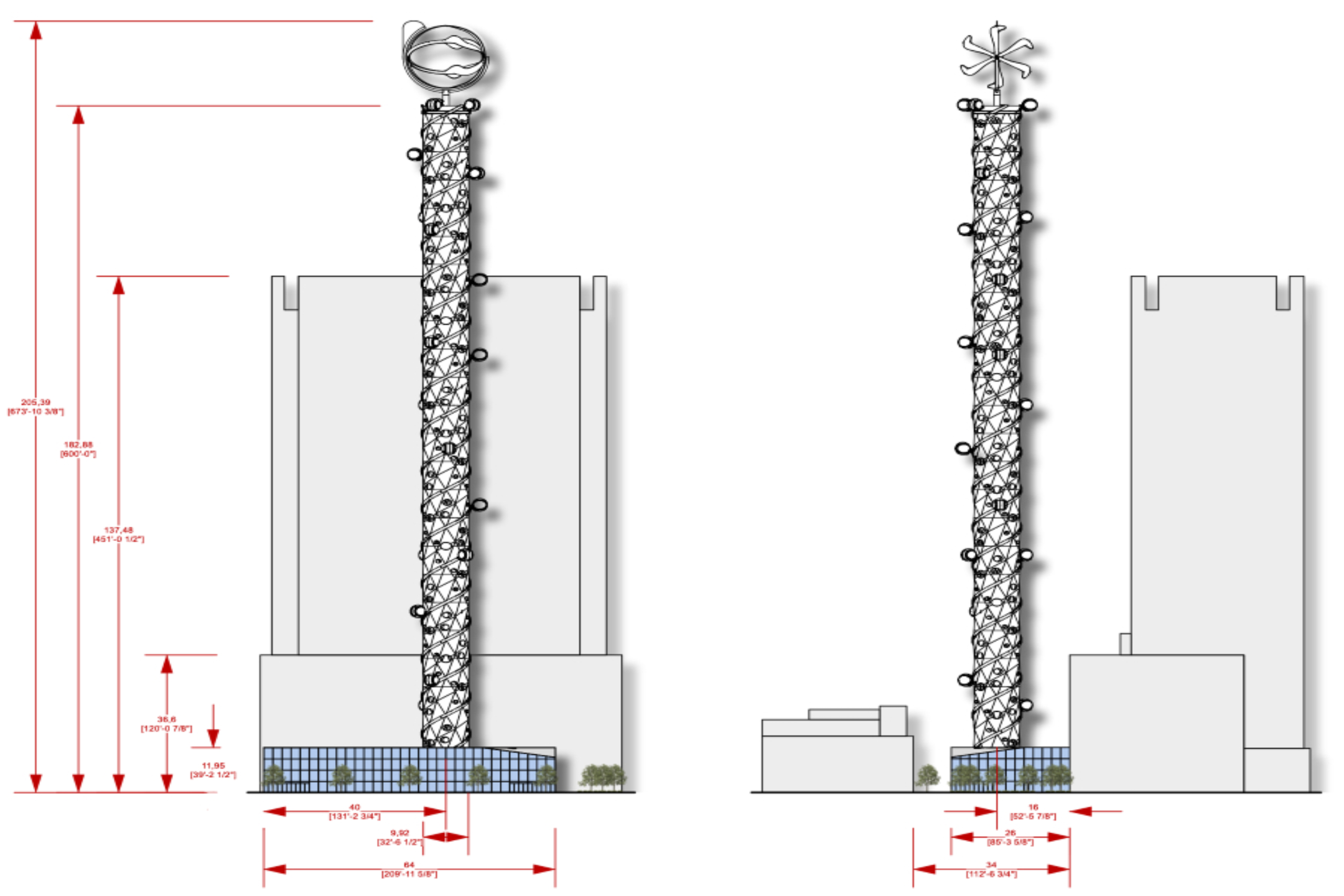




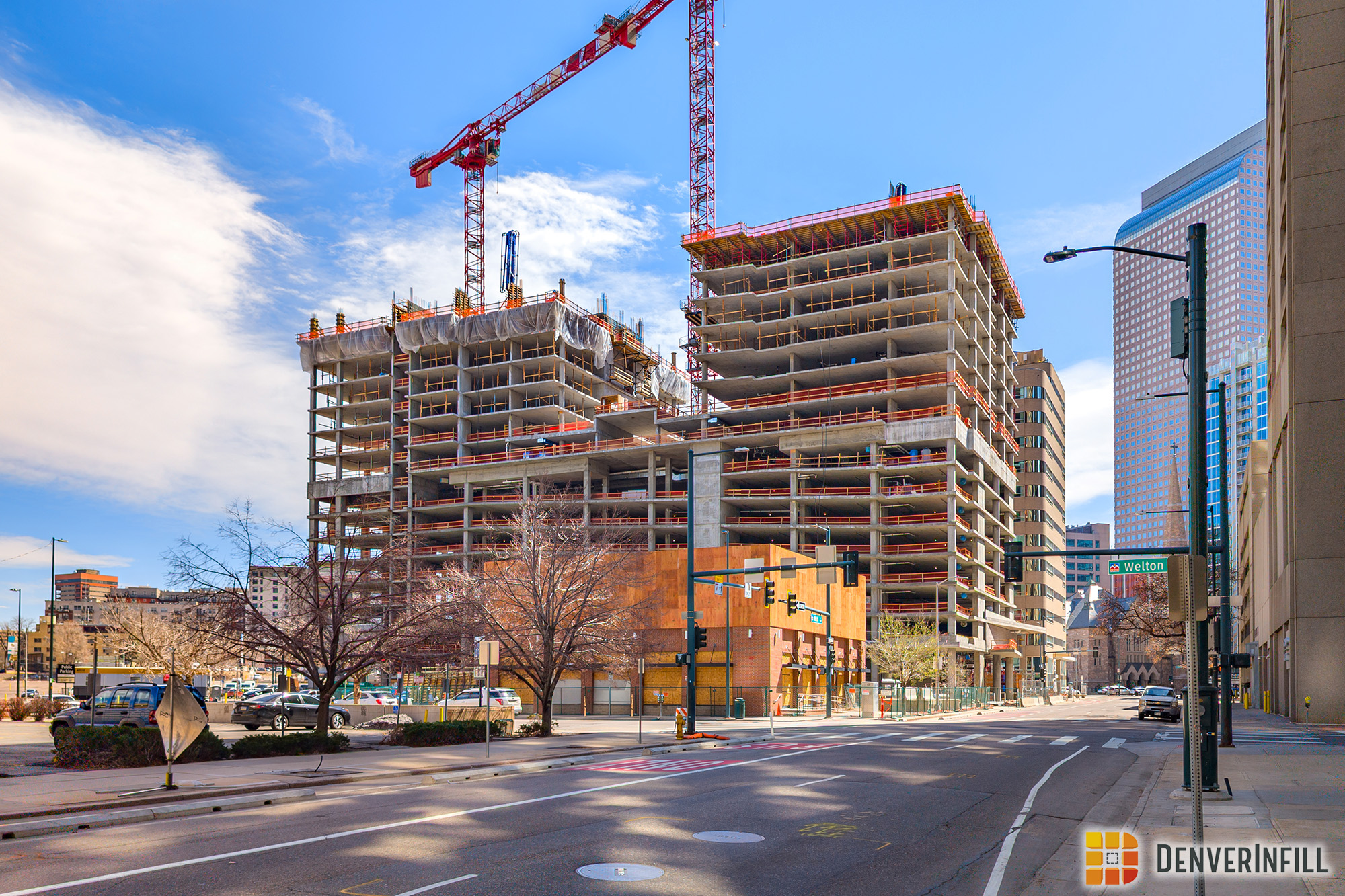

Your context map is upside down! Threw me for a second.
Cool project… Are they planning on doing anything with the parking lot next door?
I like it.
I locve the curved window lintels. Really helps it look nice,
Another gentrification project pushing the poor further from the core. Yawn.
Tom, were the homeowners paid market prices for their homes?
Not quite as much of a yawn as what is there … The homeowner sells a property and does good on it, probably been waiting years to find someone willing to buy the lot. I just love the preservationist mentality willing to tell other people what they should do with their property and passing judgment. Pretty easy to do when you’ve got nothing at stake.
Almost as good as those bemoaning the passing of the golden era of Welton from the 40’s and 50’s – Ignoring the fact that as soon as Civil Rights and Fair Housing made it possible, the residents from the golden era got out just as fast as they could. Guess they didn’t think it was so great. How come nobody talks about that history? Guess it doesn’t quite fit with the nostalgia.
Haberi Gani,
One reason so many of those families moved away is because several generations of Black people were red-lined into the Five Points neighborhood. Landlords, who were predominately white, wouldn’t rent nice homes to Black families, and steered them to buy in what was a more industrial and commercial district, so their only resource was to work and save enough to buy, and some became prosperous and financially sound enough to build. After some years those landlords and lenders were stunned to see that there was a sizeable number of Black property owners who owned rental housing, or were in the construction business or building trades.
When my Mother left Denver after high school, Black people couldn’t get a place to live east of Downing Street; even a prominent elected official. When she moved back with my sister and me in 1958 that boundary was Colorado Blvd. Two years later Park Hill opened up, and I later married into one of the first five Black homeowners there, that is still heralded as an integrated neighborhood still living harmoniously.
Inform yourselves. Go to the Western History Collection of Denver Public Library, AND HistoryColorado. One of the best volumes is “Growing Up Black in Denver”, by Ernestine Smith, Billie Arlene Grant, and Gladys Smith. Then you won’t be so quick to accuse.
Who’s accusing anyone of anything? Despite all the injustices of the past, this project — and many much larger — are transforming the “Main Street” of Five Points, Welton, into a vibrant, multi-cultural neighborhood. It’s very good for the hundreds of Black homeowners and the many small businesses in the area around Five Points. The mayor’s office is solidly behind this revival of Denver’s original middle class African American neighborhood, because dozens, maybe hundreds of affordable housing units are being added, and JOBS will come, especially with commercial development, including restoration of the Rosonian Hotel. Why draw racial lines here, when this long-overdue change is finally happening?
A relatively small building like this replacing much smaller single family homes just represents the natural evolution of a city. That, what used to be, normal incremental upscaling is something that Denver has not seen for many decades. This sort of evolution is vastly better than what we were seeing in the 70s and 80s where SFH were replaced with parking lots.
Now, having affordable housing in all areas of the city is terribly important, but preserving SFH here would not accomplish that. If this lot was restricted to single family, like some people would like to do in much of the city, than more than likely those older SFH would be scrapped and replaced with modern, larger SFH that only the wealthy could afford.
Agree with you all. The gentrification debate aside, this site, fronting directly along the rails of the Central Line, is far more urban than R1 residential. So storefronts and offices off the sidewalk, with setback housing above, make this medium density project the ideal mixture. And this close to Downtown, buildings like this will seem small, as much larger buildings line Welton. And the owner living upstairs is great, a truly personal investment.
As for the preservationist nostalgia, until lately Five Points has had an abandoned feeling, for lack of development. The value of single family homes in Five Points is rising rapidly, due to the neighborhood’s prime location. Many residents have been profiting from their home sales. A rising tide raises…
To which poor are you referring? The one’s that didn’t live in these buildings?
This is really the final design. For a small project, this has many thoughtful details. The round top windows are special. There will be Seven affordable rental apartments . The top floor is the owner’s residence.
Denver infill is becoming Denver teardown
Tom,
The two pieces of property are more or less dilpidated and have been vacant for some time. The family that owned both properties were simply waiting for the right buyer to sell too. As far as “pushing the poor further from the core” not only will the building employ people in the community, but will also include several low and affordable income housing units.
The architect did a great job of complimenting the historical look of the Welton neighborhood. Combining traditional details such as the store front, arched windows and crown moldings in with the new contemporary style is challenging. Yet the transition is done harmoniously and the proportions work very well. This building speaks to two different eras at the same time. Well done architecture.